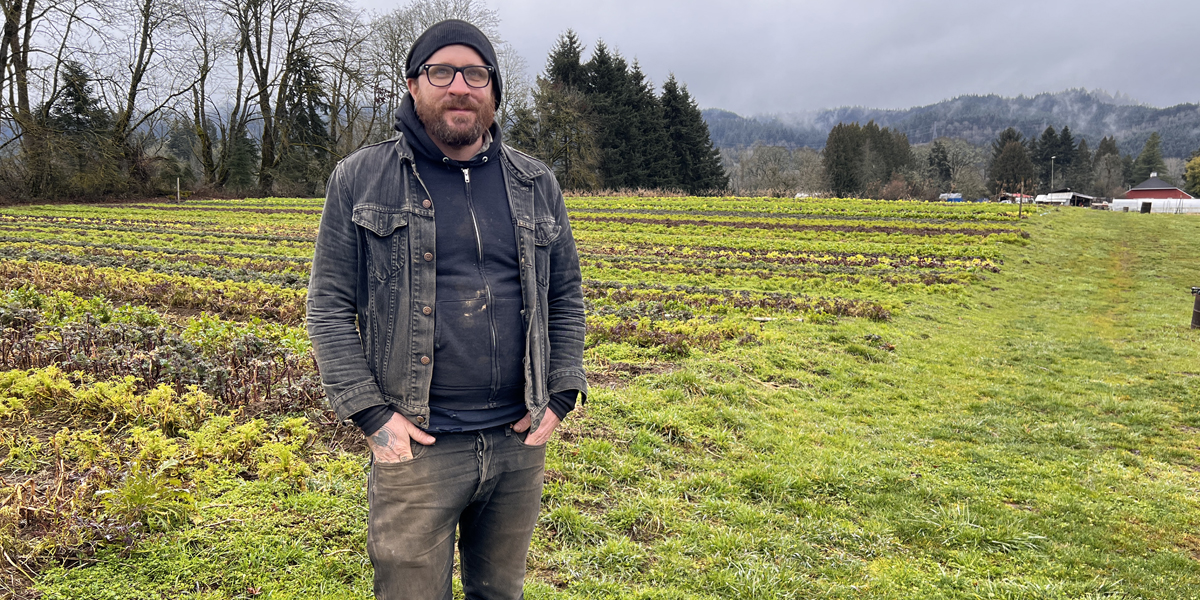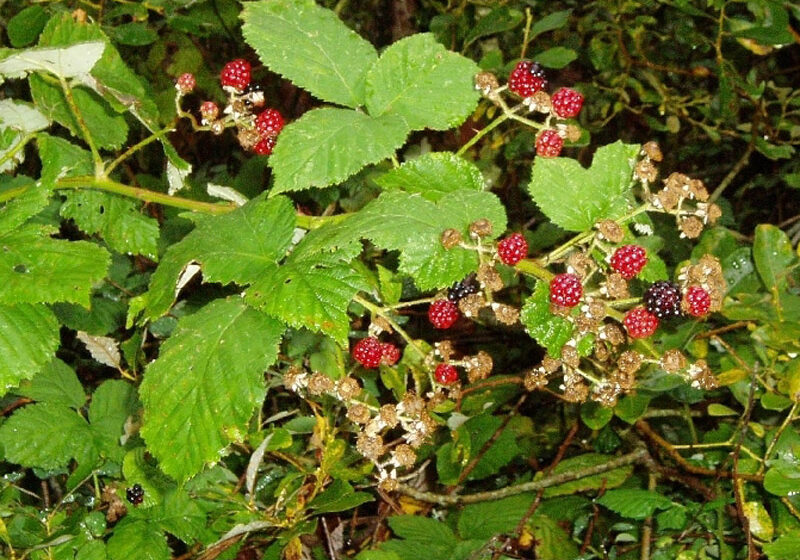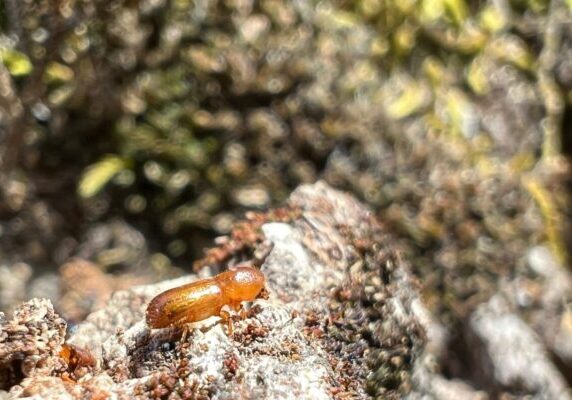Sauvie Island, just 12 miles from Portland, is known for its idyllic landscape of farms, orchards, and natural areas. While only minutes from bustling downtown Portland, the island can feel like another world as soon as you cross the bridge. Set in the middle of the rolling hills is Sauvie Island Growers. Owned and operated by Brian Wood and his business partner Jesse Olian, Sauvie Island Growers has been in business since 2018. However the farm itself has operated since 1993, previously known as Sauvie Island Organics. Brian had been a long-time employee before purchasing the business when the owner retired. Throughout the history of the farm, there has been a commitment to growing quality, fresh, organic produce to supply local grocery stores and restaurants. Yet the commitment goes far beyond growing delicious and nutritious foods.
When Brian Wood walks the 30-acre farm, his passion for all that is going on above and below ground is evident. Brian doesn’t just see a farm as a way to earn a living, he sees a thriving natural system that protects water quality, supports wildlife and pollinator insects, and incorporates techniques that aim to help reverse climate change. Every effort and resource that Brian puts into the farm has this holistic view in mind.
Cover crops, crop rotations, diversity of “resting” fields, pollinator hedgerows, careful irrigation management, precise nutrient amendments, and use of innovative machinery are all core practices at work on the farm. If there is a method that can either help crop production, nurture the soil, or protect water resources, Sauvie Island Growers is doing it, and at a very high level of skill.
Brian’s robust cover crops are testament to this skill. He uses a mixture of species that builds soil tilth, provides nitrogen to plants, and supports bees and other pollinators. His stands of cover crops can grow 4 to 6 feet tall by the time he incorporates them into the soil. They are so large and interwoven, in fact, some farmers scratch their heads trying to understand how he is able to turn them into the soil without binding his machinery. Experience and a specialized spading machine are among his keys to success.
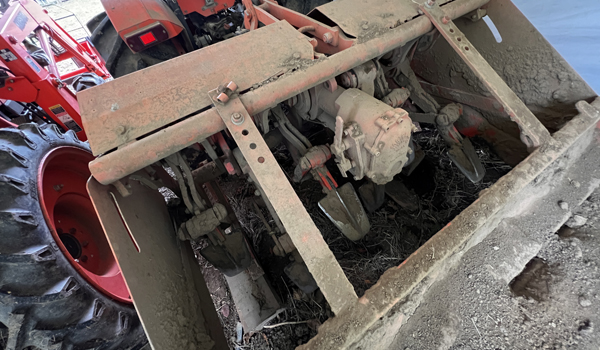
While the sight of a robust stand of cover crops is impressive, understanding the benefits the cover crops provide to the soil is the most exciting and awe-inspiring.
A common measurement used in agriculture is “pound of nitrogen per acre” to describe what is needed to grow healthy plants. Different crops require different amounts of plant-available nitrogen to grow. Salad greens, for example, like arugula or radish require 120 pounds per acre. “Heavy feeding” crops that typically take longer to reach maturity, like cabbage or celery, require 180 pounds per acre.
A conventionally managed field without added organic matter is dependent on the addition of chemical fertilizers. Over time, crops will draw out all of the nitrogen from the soil if organic matter is not added. This kind of field is likely to have little to no plant-available nitrogen present in the soil.
After years of organic farming with cover crops and other organic inputs, tests showed that the soil contained 40-lbs per acre of nitrogen before the addition of the next season’s cover crops. Each cycle, the cover crops will add another 80 to 100 pounds of nitrogen per acre. Brian therefore needs to add very little to no nitrogen. He may add only small amounts of potassium or micronutrients such as manganese, zinc, and boron. An additional 20-lbs per acre of nitrogen comes from the irrigation water. Sauvie Island has very shallow ground water which captures nitrogen runoff from surrounding farms.
Brian is also developing compost mixes specific to the cash crop, carefully balancing the ratio of microorganisms that ultimately feed his crops. Through decades of building and protecting soil, the soil gives back enough to support the growth of robust crops while also sustaining itself and the ecosystem under foot.
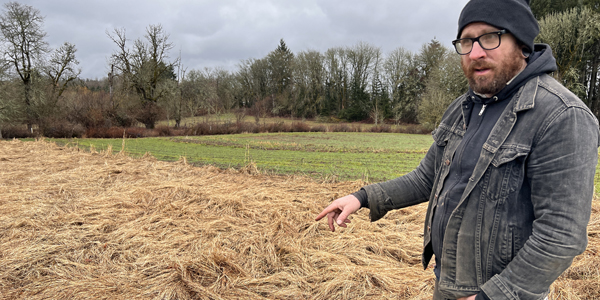
As for animals above the ground, Brian is raising a small herd of Dexter cattle on a carefully managed field and pasture rotation. This relatively small size cattle breed is well suited to the small farm. The animals make less of an impact on the soil compared to larger breeds, and they happily graze on all the various plants growing in the pasture, even weeds like teasel and morning glory that other breeds would ignore. Brian hopes to eventually integrate the cattle into his crop field rotation to take advantage of the natural fertilizer they provide and for their weed control grazing.
The island’s deer population is one that the farm has to contend with as well. The farm is a green oasis surrounded by fallow fields that are either mowed or left bare without winter crops, so the deer are naturally drawn to graze on the farm’s vegetables. Brian has one area newly fenced and is working to secure cost-share funds to fence the entire property.
Farms play a critical role on the landscape. Beyond the important role of supplying food, they also offer a natural way to capture carbon in the soil. Brian hopes to see adjacent farmland utilize renewable practices to for the benefit of the soil and climate change mitigation. Sauvie Island’s beauty comes not just from the landscape and nature, but also from the beauty of a sustainable farm and the people that manage them.
Learn more about the role of organic matter in building healthy soil, and see photos of Brian’s cover crops in late spring 2022.
